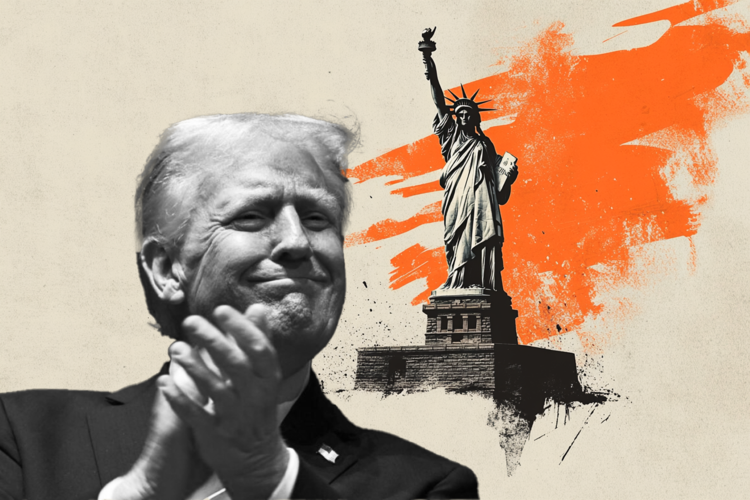- The British pound loses ground against the dollar despite the fact that the Bank of England raised rates by 0.50%.
- US retail sales for November disappointed, although they did show the effects of Federal Reserve policy.
- GBP/USD: Fall towards the confluence of the 20 and 200-day SMAs could pave the way for a retest of 1.2400
The British pound (GBP) failed to gain traction amid a 50 basis point rate hike by the Bank of England (BoE) as risk aversion maintains demand for the US dollar (USD), after hitting lows of six months around 103,448 according to the Dollar Index (DXY). Mixed economic data released by the United States (US) and the fallout from further rate hikes by the Federal Reserve (Fed) weighed on the pound. At the time of writing, GBP/USD is trading at 1.2160, down more than 2% on the day.
Modest rate hike by Bank of England weighs on GBP/USD
US stock indices fell after the Fed decision, which opted to stop rate increases but updated its terminal rate. The so-called dot plot, in which policymakers project the Federal Funds Rate (FFR) into the future, it was revised from 4.6% in September to 5.1%which caught investors off guard, since most analysts estimated an adjustment to 4.9%.
Regarding the data, the US economy suffered a setback in November, as retail sales unexpectedly contracted -0.6%m/m vs -0.1% expected. Meanwhile, initial claims for jobless benefits rose by 211,000 despite estimates of 230,000, revealing the strength and robustness of the current job market acknowledged by Fed Chairman Jerom Powell during his news conference on Wednesday.
Earlier, the Philadelphia and New York business indices reported disappointing numbers, as the former slipped 13.8 points below expectations, while the latter fell 11.2, falling further away from its forecast rate of contraction of 1%.
In a move widely expected by analysts, the Bank of England raised interest rates to 3.50%, an increase of 50 basis points and the highest rate since the financial crisis. However, the decision was not unanimous; two members (Sylvana Tenreyro and Swati Dhingra) opted not to make changes, while Catherine Mann voted for an even larger increase of 75 basis points. The BoE noted that New rate increases may be necessary to reach the 2% target set by the entity. They added that “should the outlook suggest more persistent inflationary pressures, I would respond forcefully, as necessary.”
GBP/USD technical perspective
The GBP/USD maintains its bullish bias despite a 240 pip drop in Thursday’s session, spurred on by a “moderate” rise perceived by the Bank of England. However, it must be said that the recovery of GBP/USD from around 1.1700 to 1.2446 was due to the general weakness of the US dollar (USD). However, the confluence of the 20 and 200 day EMAs around 1.2117/15 could halt the decline if buyers intervene around the latter.
Although down, the Relative Strength Index (RSI) remains in bullish territory, while the Rate of Change (Roc) suggests that selling pressure is increasing.
Therefore, the first support for GBP/USD would be the 1.2115/17 area, followed by 1.2100. Secondly, the first resistance for GBP/USD would be the 1.2200 level, followed by the daily high of December 5 at 1.2344.
Source: Fx Street
I am Joshua Winder, a senior-level journalist and editor at World Stock Market. I specialize in covering news related to the stock market and economic trends. With more than 8 years of experience in this field, I have become an expert in financial reporting.








